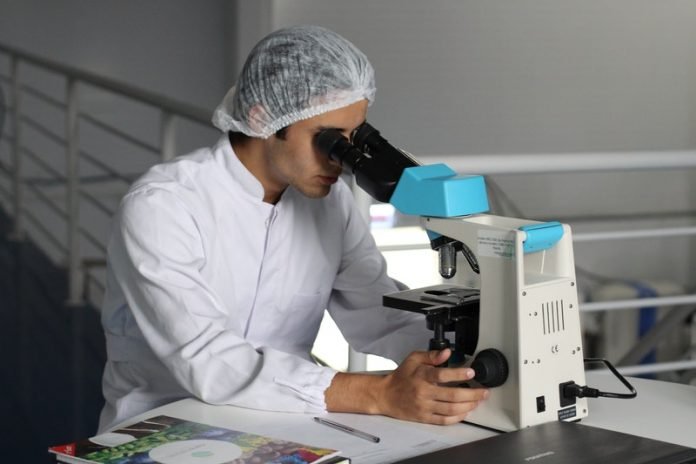
In a recent study published in Cell, researchers found individual cells that cause autoimmune disease from patient samples.
They also found how these cells ‘go rogue’ by evading checkpoints that normally stop immune cells from targeting the body’s own tissues.
The findings could have big implications for the diagnosis and treatment of autoimmune disease.
There are more than 100 different autoimmune diseases.
But what unites them all is that they arise from an individual’s own cells—rare and mysterious immune cells that target not external viruses and bacteria but the body’s own healthy organs and tissues.
Current treatments for autoimmune disease address only the symptoms, but not the cause.
In the study, the researchers developed a technique that allows them to look directly at the cells that cause autoimmune disease.
They used this method to ‘zoom in’ on these disease-causing immune cells in the blood samples of four patients with cryoglobulinemic vasculitis—a severe inflammation of the blood vessels.
By first separating individual cells, and then separating their genetic material, they isolated immune cells that produced ‘rheumatoid factors’ – antibody proteins that target healthy tissues in the body and are associated with the most common autoimmune diseases, including rheumatoid arthritis.
Once isolated, the researchers then analyzed the DNA and messenger RNA of each of these ‘rogue’ cells, scanning more than a million positions in the genome to identify DNA variants that may be at the root of the disease.
Through their analysis, the team discovered that the disease-causing immune cells of the vasculitis patients had accumulated a number of mutations before they produced the damaging rheumatoid factors.
They also found that some of the first gene mutations that occurred in these rogue cells were known to drive lymphomas (cancerous immune cells).
Further, the researchers found that cells with the lymphoma driver mutations accumulated further mutations that caused the rheumatoid factors they produced to aggregate, or ‘clump together’, at lower temperatures.
This explains the patients’ cryoglobulinemic vasculitis, a severe condition that develops in some people with Sjögren’s syndrome, systemic lupus, rheumatoid arthritis, or hepatitis C virus infection.
The team says in these patients, rheumatoid factors in the blood aggregate at colder temperatures closer to the skin and also in the kidneys, nerves, and other organs, which damages blood vessels and often proves very difficult to treat.
Copyright © 2021 Knowridge Science Report. All rights reserved.



